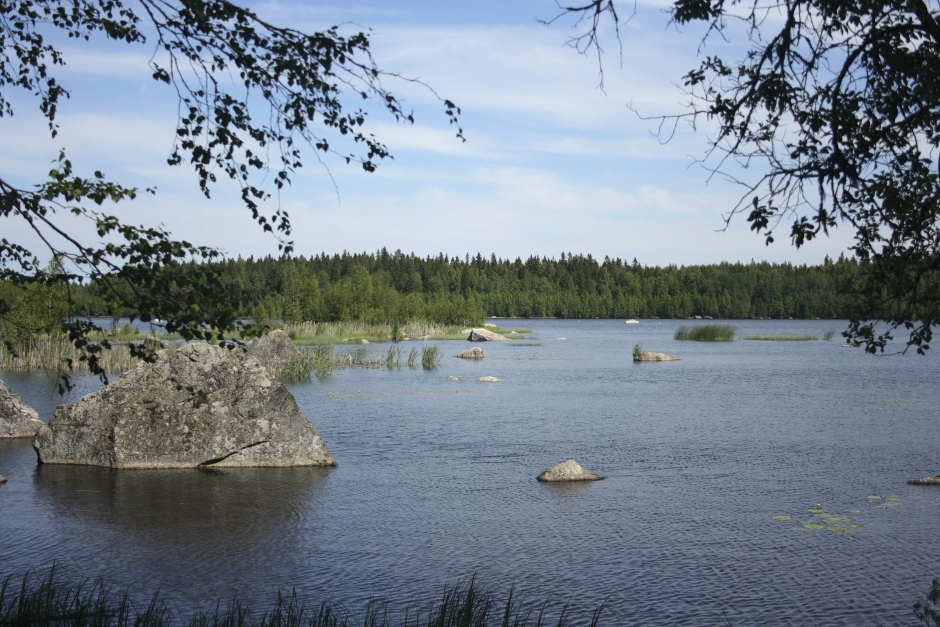Survey area and methodology
The nesting avifauna survey was completed using three paid surveyors. Responsible for the survey were Jouni Kannonlahti (2005 to 2007), Aaro Toivio (2007 to 2008) and Jan Nyman (2005 to 2008). During the project, a digital bird-database was designed and implemented by the City Planning Office. In addition, there was a close cooperation with the Regional Environment Centre in Vaasa. Participating in the project on behalf of the Environment Centre was Christer Hangelin, who provided assistance with questions regarding biology and related queries. The Centre also partially financed the field work, with the Vaasa City Planning Office providing the majority of the funding. The University of Helsinki provided ringing information from the area (2005-2007) for use in the project. Numerous observations from active bird watchers were also recorded.

At the beginning of the project, the city was divided into 1km² survey blocks according to the base map which was set at a scale of 1:20000. The division was based on the common map square format. There were a total of 336 blocks to the survey area, 11 of which consisted only of water bodies. 285 blocks fit into the area and 51 blocks were shared with neighboring municipalities. Only the blocks completely covering Vaasa were surveyed.
The field work was planned in such a way that the various terrains within the blocks were to be surveyed with sufficient accuracy. In practice, a minimum of two to three visits to each block was made during the nesting season. During 2005 to 2008, survey work began in February with owl listening and the field season continued to the first half of August. Each species nesting in the area was evaluated according to a ‘four-tier’ classification system. The index for certainty of nesting used the following categories:
1. Observations during nesting period, likely no nest
2. Possible nesting
3. Likely nesting
4. Confirmed nesting
The survey data was stored in the Vaasa City Planning Office’s digital database. The advantages of the information management system were to simplify use and graphically represent the material. Through utilizing the database, it was possible to monitor the accumulation of field data and allocate additional survey visits where needed.
Sources
Hyytiä, K., Kellomäki, E & Koistinen, J. (toim.)
1983. Suomen lintuatlas. SLY:n
Lintutieto Oy. Helsinki 1983.
Väisänen, R., A., Lammi, E. & Koskimies, P.
1998. Muuttuva pesimälinnusto. Kustannusosakeyhtiö Otava. Helsinki 1998.
